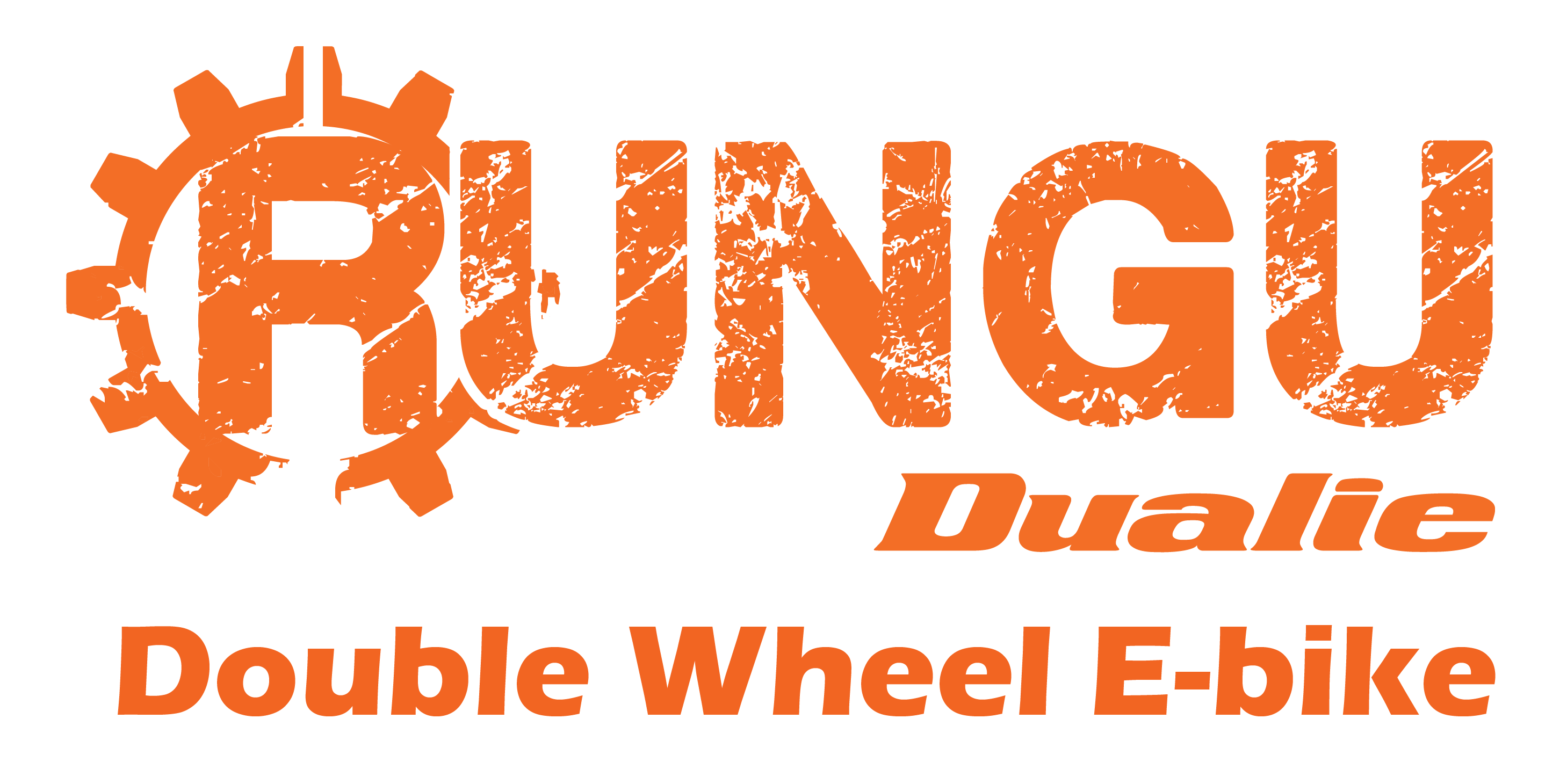Four things we learned about Rungu on the Mojave Road
In November 2020, the Rungu team went into the Mojave desert in Southern California to film Rungu Dualie performance on one of the premier overland trails in North America – the Mojave Road. As much fun as we had filming, we also learned new facts about Rungu Dualie.

1. Rungu can be faster than stock 4x4s off-road
Unless your 4×4 is equipped with lifters, off-road suspension and 30”+ tires, Rungu is faster than you on the “rough dirt road”. According to the map in the 2010 edition of the Mojave Road Guide, the section between the California Border and Fort Piute is classified as “rough dirt road – 4 wheel drive usually needed.” Our stock, four-wheel-drive chase truck struggled to go five to 10 miles an hour because of the rocks and dips in the road. Rungu with it’s three 30” fat tires held a steady 15 miles an hour. All that said, the chase truck smoked Rungu on smooth dirt roads.
2. Suspension seat posts make washboard and rocks a lot easier
A suspension seat post is a must on rock and washboard. As a team we tested several alternative suspension seat posts. They make a difference. Between the washboard on the sand roads and the rocks that were everywhere, the suspension seat post let us stay in the saddle more instead of relying on out-of-the-saddle leg power. If you plan to ride Rungu on a route like this, consider getting the comfort kit from our online shop.
3. How to fix “chain suck” on the fly

First gear works as a good temporary solution to chain suck. “Chain suck” is when the chain sticks to the front chainring and wraps around on itself while riding. The Mojave Road is all silt near Soda Lake. The silt, which is as fine as dust, caked the Rungu and more particularly the chain. And the chain had already seen more than forty miles of hard off-road conditions since its last cleaning. Not even the best dry lube could keep the chain from sticking to the chainring and wrapping on itself when riding in 7th gear. Wiping the chain off kept the chain clean for less than a hundred yards in these conditions. But changing to a low gear stopped chain suck. First gear is big enough to take so much chain that there wasn’t enough to wrap around the chainring. Slower going, but problem solved.
4. We revalidated the Rungu mileage calculator and the value of APF liners.
Battery mileage is what we expected. The team at Rungu uses a calculator to figure out expected range based on rider, bike and load weight, road surface, average speed, average % grade, and headwind. The model predicted a 14 to 18-mile range per battery on the dirt, rock and sand we expected. Though we filmed a Dualie XR, we only used one battery at a time and averaged 17.3 miles per battery with an average speed of 15 miles per hour.
The APF liner won both days of filming. We set tire pressure to 5 psi because of the long stretches of soft sand road. These stretches were punctuated with rock sections that punished the tires and rims. Still for over 50 miles of hard riding, no pinch flats! In fact, no flats at all.
If you’re planning to ride Rungu in the desert southwest and have more questions, please contact support@riderungu.com.
